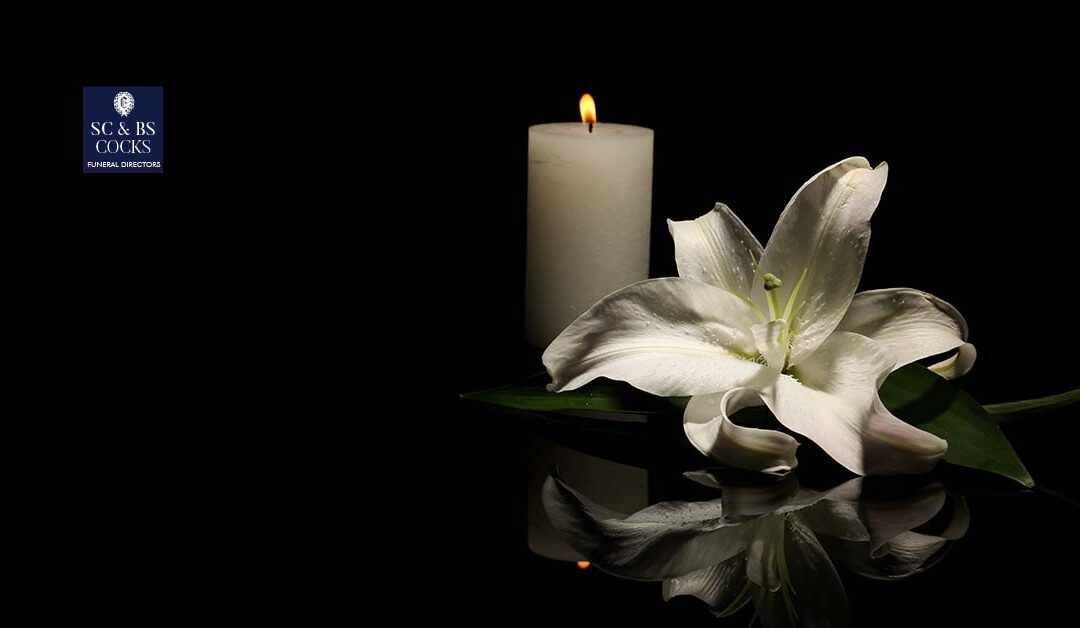Burials and funerals are a massively important part of the modern British life, and although we liver much longer lives than our distant ancestors, the loss of loved ones is no less heart-shattering. The ways in which we grieve and mourn in the very immediate aftermath of a death still remains an important part of how we are able to move on with our lives, from one generation the next.
Obituary notice
Coming from obit, Latin for ‘death,’ published announcements for the date of death go back as far as early 16th century America. It would be another 300 or so years before Britain would make standard the longer forms of obituary. There was also actually a time within the early part of the 19th century when it was a popular behaviour to write these in poetic verse. This was typically reserved for people of high social prominence, such as public servants or soldiers. However, the 20th century would see the rise of the obituary of the ‘common man’ when the funeral details and deaths of everyone within the community would be published regularly.
Black clothing
The tradition of wearing black during the mourning period dates back to at least Elizabethan times, and remains in the UK today. The ritual reached a peak during the Victorian era, during the Queen’s rather prolonged mourning for Prince Albert, when widows would become expected to wear their full mourning attire for at least 2 years!
Funeral procession
Funeral processions that are led by the hearse (funeral car carrying the coffin itself) are still utilised in funerals in the UK, particularly in more close-knit communities. There are actually no motoring laws which involve this aspect of a funeral itself, but although the days of cart and horse are gone, modern lookers will recognise the processions and often stop to pay their respects.
Funeral processions date back to ancient times. The introduction of the word ‘funeral’ into modern English is credited to Geoffrey Chaucer, ‘Father of English Poetry’ in the 1300s. The word also appears in The Knight’s Tale, where Chaucer talks about the sacred flames from a funeral pyre rising into the air.
Wake
Wakes remain a modern practice within UK funeral traditions. The wake is often now held after the burial service itself, in either an immediate local hospitality establishment or family member’s home. The sentiment behind the wake is to take time to celebrate their life, share memories, and to properly grieve together.
The practice actually originates back to ancient times of the Anglo-Saxons, when Christians held certain celebrations involving dance, feasting, and sports. Throughout the night there would be meditation and prayer in the church, following a day of recognised holiday within the parish itself.
The tradition of the wakes dates back even further, long before Christianity. It is referred to as the period of time before the burial, when friends and family would keep a constant vigil over the body as it would lay in wait at the house.
At SC & BS Cocks, we deeply understand that arranging a funeral can seem like a momentous task during such a difficult time, and actually planning can be another thing entirely. That is why we’re here to help every step of the way. Throughout the process, we’ll talk you through the different options available and offer advice on the choices that will best suit your requirements. If you have any questions at all, please feel free to get in touch or find us at our website, where you can find a wealth of information on all the funeral services we offer and what works best for you.

